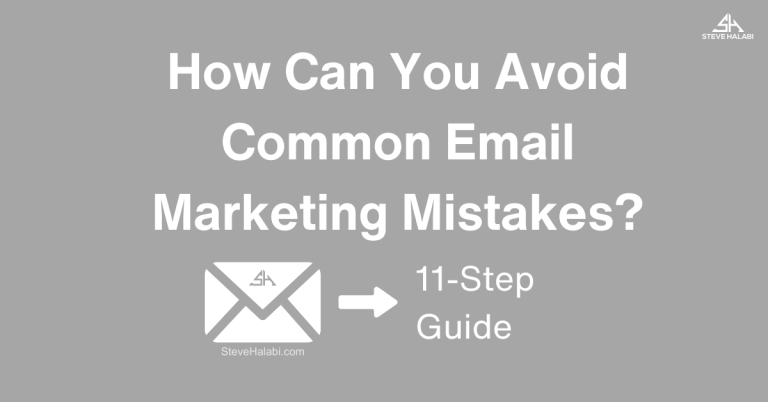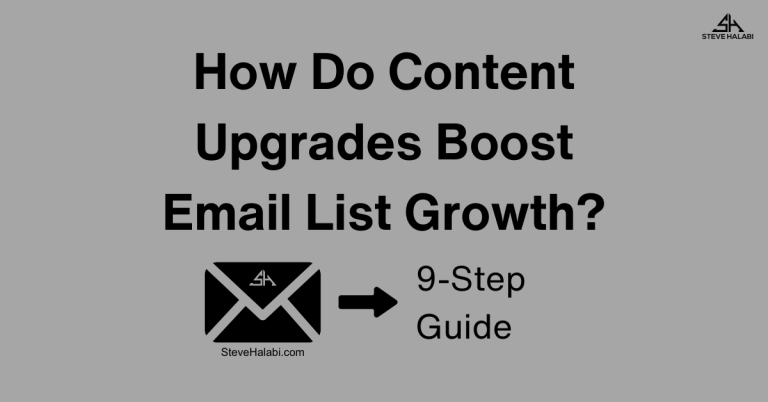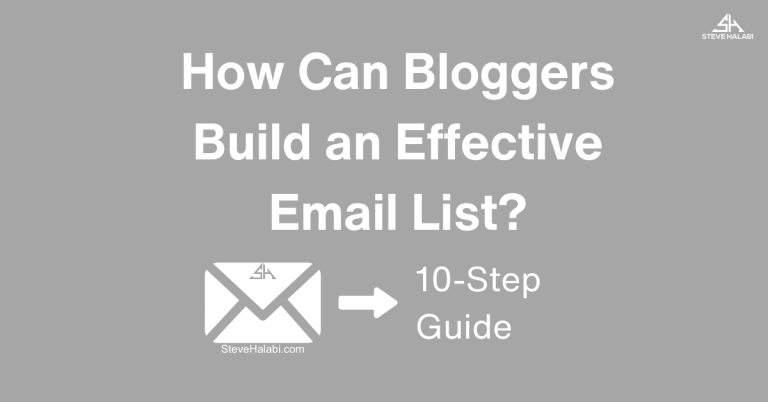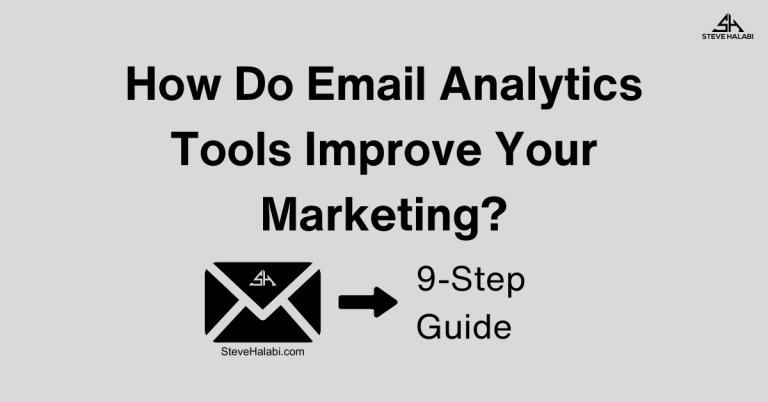Writing Engaging Newsletters Your Subscribers Will Love
Introduction
Your email list is one of your most valuable assets, but if your subscribers aren’t opening or reading your emails, they won’t convert into loyal fans or customers. That’s why writing engaging newsletters that your subscribers will love is a must.
A highly engaging newsletter keeps readers excited to hear from you, leading to
- Higher open and click-through rates
- Stronger subscriber retention
- More sales and affiliate conversions
By the end of this guide, you’ll learn
- How to write newsletters that your subscribers look forward to.
- The best tools and AI-driven strategies to enhance email engagement.
- How to monetize newsletters effectively through affiliate marketing.
Let’s dive in and start crafting emails your audience will love!
Disclosure: When you buy through a link on this site, I may earn a commission at no extra cost to you.
Step 1: Craft compelling subject lines
The subject line is the first thing subscribers see, and it determines whether your email gets opened or ignored.
Best Practices for Writing High-Performing Subject Lines
- Use curiosity-driven hooks: You Won’t Believe What Happened Next…
- Personalize with names or custom fields: Hey [Name], Here’s Your Exclusive Offer.
- Keep it short & punchy: Aim for 6-10 words.
- Use urgency & scarcity: Last Chance! 24 Hours Left to Grab Your Freebie
- A/B test different variations: Find what resonates best with your audience.
Example: Instead of New Blog Post: 10 SEO Tips, try: This Simple SEO Hack Boosted My Traffic by 143%.
“Your subject line is the gatekeeper of your email’s success, make it impossible to ignore. With Kit’s built-in subject line testing, you can find the exact words that spark curiosity and get subscribers clicking!”
Get Started Here! Kit
Step 2: A strong introduction
Once your subject line gets the open, your introduction determines whether readers keep reading or close the email.
How to Write an Attention-Grabbing Newsletter Intro
- Start with a relatable question or bold statement: Ever feel like your emails are getting ignored? You’re not alone.”
- Get straight to the point: Avoid long-winded intros, subscribers have short attention spans.
- Show immediate value: Make it clear why this email is worth reading.
- Use humour or emotion when appropriate: Lighthearted intros can increase engagement.
Example: Instead of: In today’s newsletter, we will talk about email marketing tips. Use: Imagine spending hours crafting the perfect email, only for it to land in the ‘Promotions’ tab. Sound familiar? Here’s how to fix it today.

“Hook your readers right from the start so they keep scrolling. Kit makes it easy to format clean, engaging intros that load fast and look great on any device!”
Get Started Here! Kit
Step 3: Personalize your content
Subscribers engage more when emails feel personalized and tailored to them.
Ways to Personalize Your Newsletters
- Use the subscriber’s first name: Hey [First Name], I’ve got something special for you!
- Segment your audience: Send different emails to new vs. long-time subscribers.
- Reference past interactions: Since you downloaded our SEO checklist, here’s your next step…
- Use dynamic content: Show different offers based on subscriber behaviour.
Example: A blogging coach could segment their list into:
- Beginner Bloggers: 3 Steps to Set Up Your Blog Today
- Advanced Bloggers: How to Scale Your Blog Revenue in 2024
“Your subscribers want emails that feel like they were written just for them. Kit’s advanced segmentation tools let you deliver tailored content that matches each reader’s interests and actions!”
Get Started Here! Kit
Step 4: Keep it easy to skim
Long, text-heavy emails lose readers quickly. Keeping them short, structured, and scannable improves engagement.
How to Format Emails for Maximum Readability
- Use short paragraphs & bullet points – Avoid text walls.
- Include bold headlines & subheadings – Break up content visually.
- Use images, GIFs, or icons sparingly – Enhance readability.
- Stick to 200-400 words – Keep newsletters short and actionable.
Example: A travel blogger writing a newsletter could format it like this:
- Headline: 3 Hacks for Cheaper Flights
- Subheadings: 1. Use Google Flights Like a Pro 2. Secret Booking Tricks 3. Best Times to Fly
- CTA: Want my full Flight Booking Checklist? Download it here.
“No one wants to dig through a wall of text, make your emails quick and scannable. Kit’s simple email editor helps you structure clean layouts with headers, bullet points, and buttons that guide the reader!”
Get Started Here! Kit
Step 5: Use storytelling
People connect with stories, not just information. Adding storytelling elements keeps readers engaged and makes emails memorable.
Ways to Use Storytelling in Newsletters
- Share personal experiences: I used to struggle with [pain point] until I found [solution].
- Tell customer success stories: Show how others benefited from your advice.
- Use case studies: Provide real-world examples with practical takeaways.
- Add emotional appeal: Make readers feel motivated, inspired, or curious.
Example: Instead of: Automating your email list saves time. Try: When I first started, I wasted hours manually sending emails, until I discovered automation. Now I save 10+ hours a week, and here’s how you can too.

Facts tell, but stories sell, and they keep people coming back for more. Kit gives you the flexibility to blend personal stories, visuals, and calls-to-action into one seamless email experience!
Get Started Here! Kit
Step 6: Add interactive elements
Engaging newsletters aren’t just read, they encourage interaction. Adding polls, quizzes, GIFs, and clickable elements keeps readers engaged and boosts click-through rates.
Best Interactive Elements to Use in Newsletters
- Polls & Surveys: Ask readers what content they want next.
- Quizzes: What’s Your Blogging Style? – quiz to segment readers.
- GIFs & Memes: Add a lighthearted touch to personality.
- Clickable Progress Bars: Great for course modules or exclusive offers.
Example: A blogging expert could send
- Poll: What’s your biggest struggle with email marketing? Click below to vote!
- Quiz: Take this 2-minute quiz to discover your perfect email writing style!
Make your newsletters something readers can do, not just read. With Kit, you can easily add polls, quizzes, and clickable elements that turn passive subscribers into active participants.
Get Started Here! Kit
Step 7: Improve email copywriting
AI-powered writing tools help craft engaging, high-converting newsletters faster.
How AI Can Enhance Your Email Content
- Generate compelling subject lines – A/B test multiple variations.
- Personalize content – AI can automatically tailor emails to different segments.
- Analyze email tone & readability – Ensure emails sound conversational and engaging.
- Auto-generate newsletter drafts – Save time while maintaining quality.
Example: Instead of manually brainstorming email subject lines, use Jasper AI to instantly generate 10 high-converting variations and A/B test them.
“Great writing drives clicks, and AI can help you get there faster. Pair Kit with your favorite AI writing assistant to craft newsletters that are clear, conversational, and built for engagement!”
Get Started Here! Kit
Step 8: Optimize your CTAs
A weak CTA can ruin an otherwise great email. CTAs need to be clear, compelling, and easy to act on.
How to Craft High-Converting CTAs in Newsletters:
- Make it action-oriented: Download the checklist – instead of – Click here.
- Use urgency & exclusivity: Only available for the next 24 hours!
- Use visually distinct buttons: Bold, high-contrast colors work best.
- Place CTAs strategically: One near the top, one near the end.
Example: Instead of: Check out my blog post here! Use: Want to rank higher on Google? Download my free SEO Cheat Sheet now!

“Your email is only as strong as the action it inspires. Kit makes it simple to add bold, trackable CTAs that tell readers exactly what to do next!”
Get Started Here! Kit
Step 9: A/B test and analyze
Even the best email marketers don’t rely on guesswork, they test and optimize everything.
What to A/B Test in Your Newsletter
- Subject lines: Curiosity-driven vs. direct.
- Email length: Short vs. long-form content.
- CTA placement: Top vs. bottom vs. multiple locations.
- Personalization: First-name usage vs. general messaging.
Best Tools for Email Analytics & A/B Testing
- Kit Reports: Track open rates & engagement.
- Google Analytics: Measure how email traffic converts.
- HubSpot Email: Run A/B tests for subject lines & email content.
Example: A finance blogger tests
- Version A: Subject line: How I Saved $10K in One Year!
- Version B: Subject line: My #1 Secret to Financial Freedom!
Which gets higher open rates? A/B testing reveals the answer!
“Guessing is for beginners, testing is for pros. Kit’s analytics and A/B testing features show you exactly which subject lines, layouts, and CTAs your audience loves most!”
Get Started Here! Kit
Conclusion: Start Writing Engaging Newsletters Today!
Final Recap:
- Write strong subject lines & introductions to boost engagement.
- Use storytelling & personalization to build deeper connections.
- Leverage AI tools & A/B testing to optimize performance.
Start building and optimizing your email list today!
Ebook: Write Emails That Get Read

Craft Newsletters That Feel Personal, Stay Relevant, and Get Results
A great newsletter doesn’t need to be long or complicated, it just needs to connect. This eBook shows you how to write clear, engaging emails that build trust, encourage opens, and keep your subscribers looking forward to hearing from you.
Here’s what you’ll learn inside:
- How to write emails that feel personal without being overly polished
- What to include in a great newsletter, and what to leave out
- How to improve your subject lines, structure, and tone
- Writing tips that help you stay consistent and authentic over time
This eBook is for you if:
- You’re ready to write emails that people actually enjoy reading
- You want to build stronger relationships with your subscribers
- You struggle to write newsletters that feel natural and valuable








